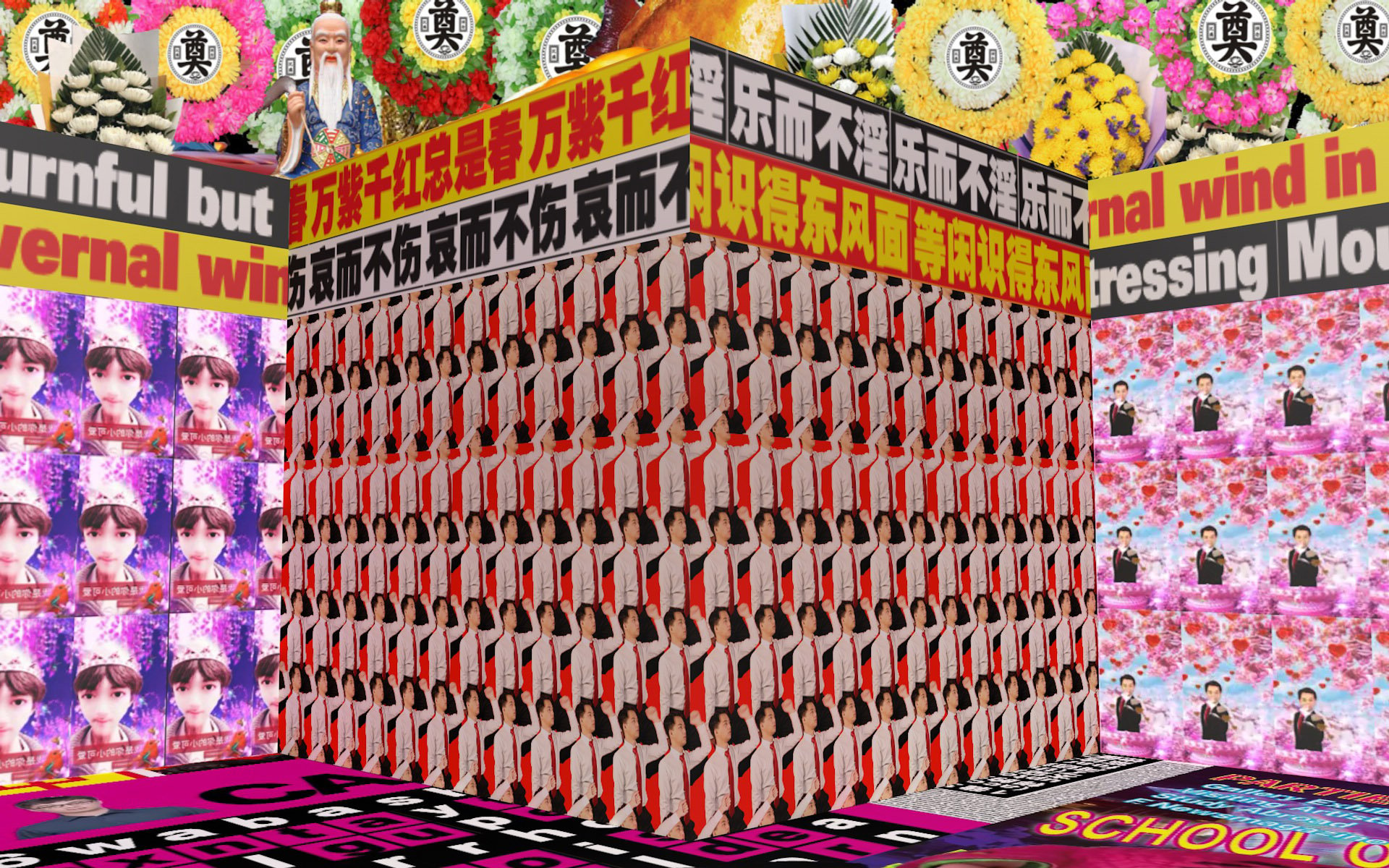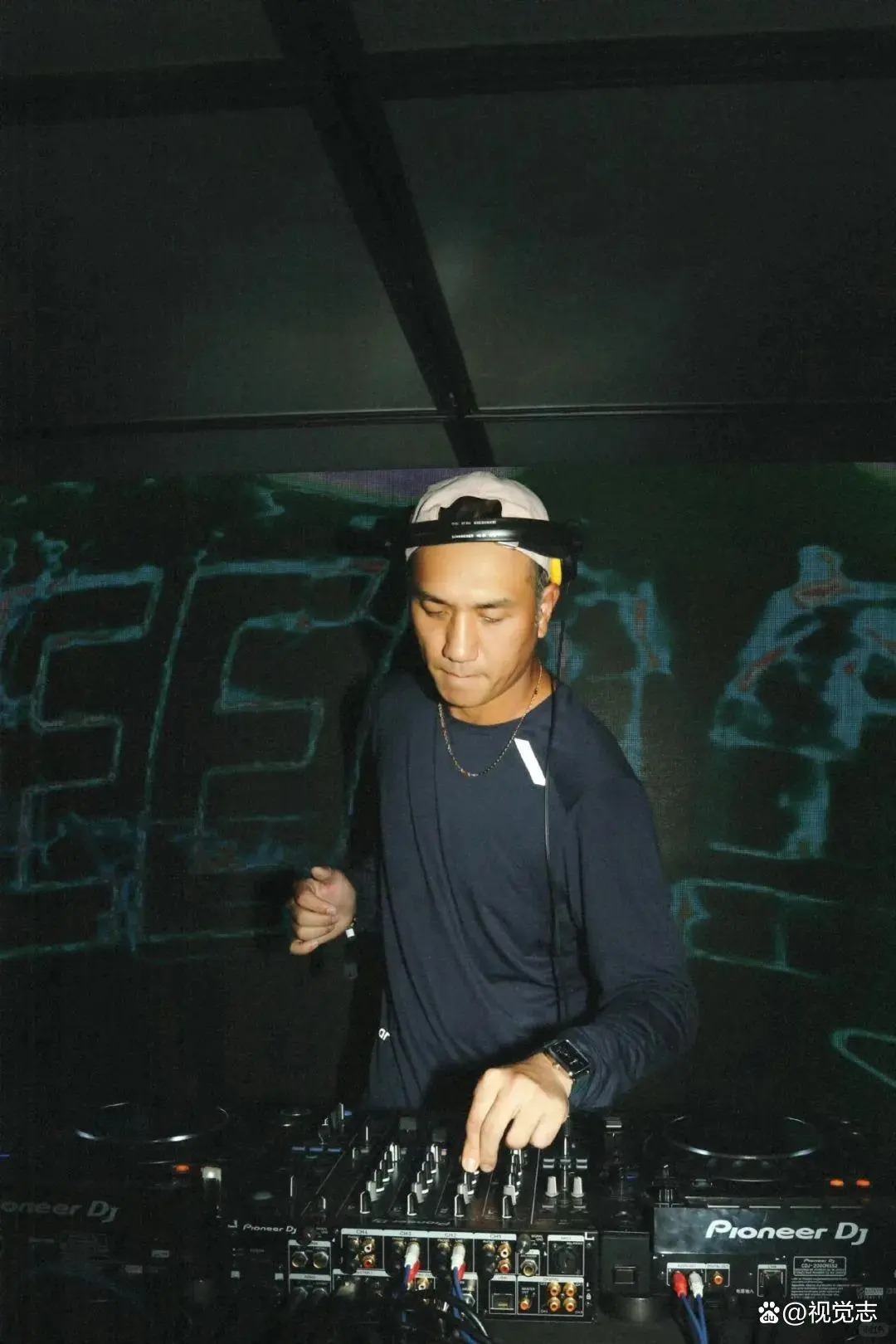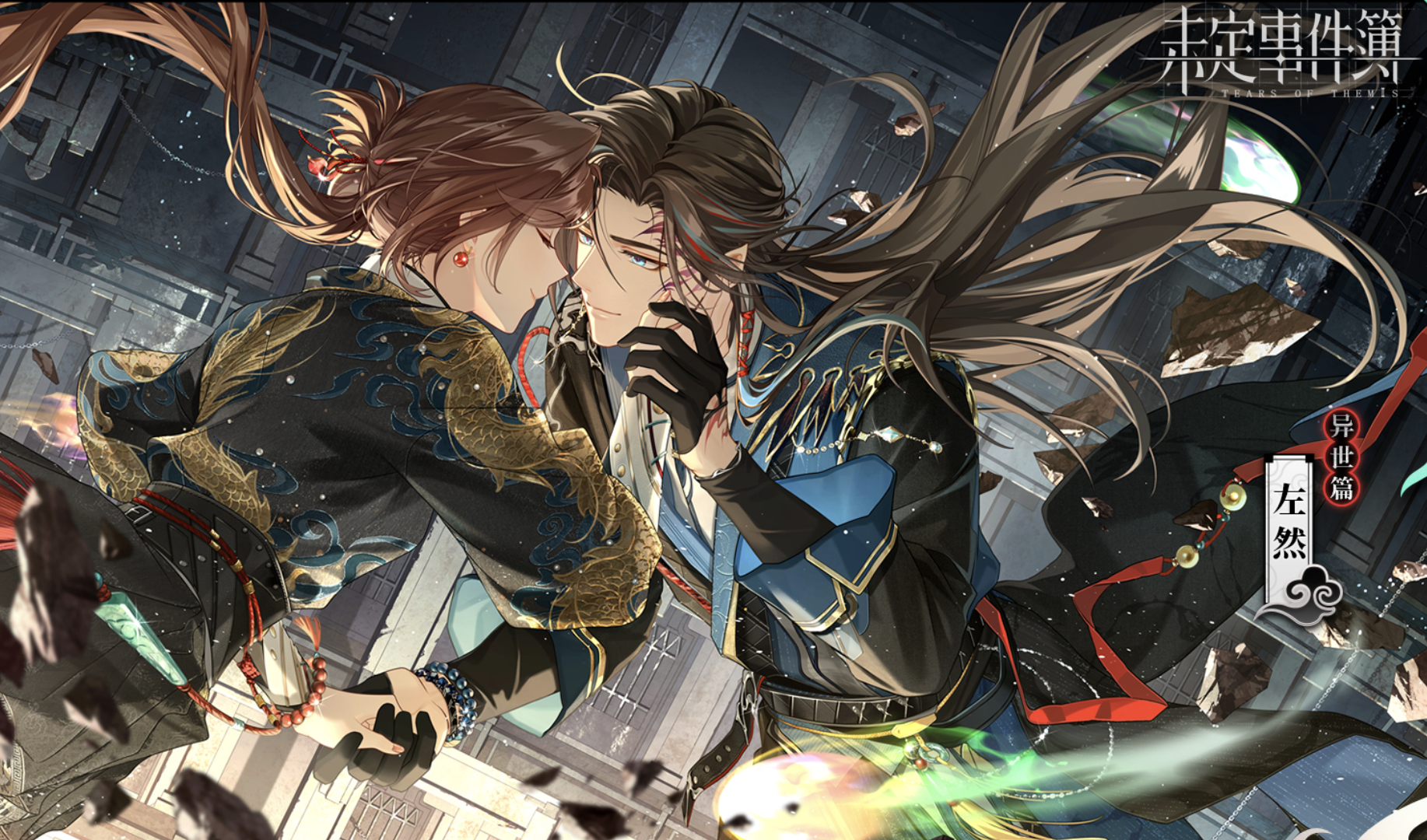The list below is part of RADII’s 100 Films to Understand China.
Documentaries
Documentary film has turned an invaluable lens on elements of Chinese society that tend to get obscured in Party discourse and external journalistic coverage alike. Despite a distribution apparatus that strictly filters what information is allowed to circulate within the country, and a thinning atmosphere of independent film festivals to act as a support structure (see: Indie/Arthouse), there have nonetheless been many remarkable documentaries made in China, helping to communicate the complex whole piece by piece.
Here are ten films covering vibrant subcultures, the mixed legacy of “Opening Up,” the ongoing struggle of migrant workers, the surprisingly brutal grind of being a full-time livestream celebrity, and other singular fragments of life in modern China.
Bumming in Beijing: The Last Dreamers (Wu Wenguang, 1990)
Shot before and after the Tiananmen Square incident in 1989, Bumming in Beijing documents the lives and thoughts of five artists involved in different mediums.
Muhe Chen, filmmaker: Covering ’90s Chinese contemporary arts scene in Beijing featuring five working artists at the time.
WATCH IT YouTube
West of the Tracks (Wang Bing, 2002)
West of the Tracks documents social changes wrought by urbanization & “opening up” with a pace that’s somehow simultaneously brutally fast and painfully slow
Samantha Culp, writer, curator and producer: The epic, the opus, the endurance test. Wang Bing’s 9-hour documentary, about the decline of the industrial economy in and around the railways of Shenyang, is monumental in its scale but also intimate in its minute-to-minute history. To sit with this place, these people, this time, is a viewing experience like few others.
San Yuan Li (Ou Ning, Cao Fei, 2003)
An experimental film by two of Guangdong’s most influential contemporary artists, Ou Ning and Cao Fei, San Yuan Li focuses on life in a traditional village beset by the spread of urban centers.
Samantha Culp: In some ways the inverse of West of the Tracks, San Yuan Li is another portrait of urban change in China in the early 2000s, but captured nimbly, kaleidoscopically, by a team of a dozen artists led by Cao Fei and Ou Ning. With a stylistic nod toward Paul Strand and Charles Sheeler’s 1921 short Manhatta, the film roams Guangzhou’s urban village San Yuan Li as it is encroached upon from all sides by rapid development.
WATCH IT Amazon Prime
Related:
 Artist Cao Fei on Why We’re “Drifting in the Virtual World Without an Exit”The artist’s solo show at Serpentine Galleries in London explores two decades of her fascinating workArticle Aug 06, 2020
Artist Cao Fei on Why We’re “Drifting in the Virtual World Without an Exit”The artist’s solo show at Serpentine Galleries in London explores two decades of her fascinating workArticle Aug 06, 2020
Though I Am Gone (Hu Jie, 2006)
A gripping documentary based around the story of a Vice Principal of a girls middle school in Beijing who was beaten to death by her students during the cultural revolution, told in part through commentary from the woman’s husband, Wang Qingyao.
Michael Berry, Professor of Contemporary Chinese Cultural Studies and Director of the Center for Chinese Studies, UCLA: A highly personal account of the Cultural Revolution, Though I am Gone is equally gripping and devastating. A visual testament to one man’s personal museum of scarred memories and historical trauma.
WATCH IT Amazon Prime | YouTube
Disorder (Huang Weikai, 2009)
Made in an effort to express the chaos, anxiety and violence at the heart of China’s major cities, Huang Weikai’s 2009 documentary takes footage from 12 different videographers to tell this tale of modern China.
Linda C. Zhang, PhD candidate, UC Berkeley: A documentary composed of various footage taken all across the city of Guangzhou by different cameras and different people. Utilizes montage to startling effect, and relentlessly shocks and exposes viewers to the chaos reflected in the black and white, grainy texture of the film content.
Maya E. Rudolph, writer/director/producer: Disorder is a found-footage masterpiece shot by a fleet of amateur filmmakers in Guangzhou that weaves a hypnotic black-and-white texture of urban chaos. A raw, free-associative documentary exercise the often-hilarious fallibility of social structures, Disorder presently a brilliantly-coherent collage of a world that is anything but.
WATCH IT Amazon Prime
Petition (Zhao Liang, 2009)
Zhao Liang spent twelve years filming the inhabitants of the Petition Village behind Beijing South Railway Station. The inhabitants of the village have arrived in Beijing from farflung parts of the country, seeking reparation from the Chinese government.
Benny Shaffer, PhD Candidate in Media Anthropology, Harvard: Zhao Liang’s immersive, and at times shocking, documentary focuses on the inhabitants of a petitioners’ village in Beijing where migrants go to voice their complaints about injustices experienced back home. The epic work was recorded over twelve years with a raw realism and intimacy, and follows a mother-daughter relationship against the backdrop of a broken political process and turbulent state violence. The film features some of the most powerful images of social suffering and citizen disenfranchisement in recent memory, and was one of the first Chinese independent documentaries to premiere at Cannes Film Festival.
WATCH IT YouTube
Village Diary (Jiao Bo, 2013)
Providing a much needed filmic insight into life in rural China, Jiao Bo and his team spent over 1,000 hours filming over the course of 373 days to make this documentary, showing the remnant simplicity of life in this village, while also depicting the changes that China’s modernization has wrought on the country.
Phoebe Long, screenwriter: The most interesting thing about the film is that it not only shows the actual situation of Chinese farmers making a living in the countryside, but also explores their spiritual pursuits outside of eating, drinking and sleeping. An old farmer who loves literature and art is often receiving complaints from his wife for not being pragmatic enough, but at a critical moment, his wife expresses her inner admiration for the old man. When the peasants begin to move beyond the practical, there seems to be a glimpse of hope for the arrival of civilization.
WATCH IT YouTube
Never Release My Fist (Wang Shuibo, 2015)
Documenting the rise and the complexities of punk music in Wuhan, Never Release My Fist is a must-see for any fan of Chinese music.
Nathanel Amar, Researcher and director of the French Center for Research on Contemporary China in Taipei: This 2015 documentary by the Sino-Canadian Academy-award nominated filmmaker Wang Shuibo is, without any doubt, the most thoughtful account of Wuhan punk history, centered on the charismatic singer of SMZB, Wu Wei. The documentary brilliantly retraces the complex history of Wuhan punk, by giving back the voice to a multiplicity of actors. Wang Shuibo also skillfully shows the personal and emotional sacrifices made by Wuhan punks, and Wu Wei in particular, in order to stay true to themselves and their ideals. As Wu Wei tells the audience at the end: “I will never spill my wine, and never release my fist!”
WATCH IT YouTube
Related:
 “We Sing This Song For You, Wuhan!”: A Short History of Wuhan PunkMore than just the epicenter of the recent virus outbreak, Wuhan is a complex and beautiful city with a long history of revolution and dissent — and punk rockArticle Feb 11, 2020
“We Sing This Song For You, Wuhan!”: A Short History of Wuhan PunkMore than just the epicenter of the recent virus outbreak, Wuhan is a complex and beautiful city with a long history of revolution and dissent — and punk rockArticle Feb 11, 2020
We the Workers (Huang Wenhai, 2017)
A film that follows people in southeast China trying to organize workers into independent trade unions. It gives insight into the harsh working conditions that many Chinese people still face, as well as the fear and opaqueness surrounding labor laws.
Karin Chien, dGenerate Films: We the Workers is an essential film about labor organizing and activists in southeastern China. It’s a necessary counterpart to Netflix’s American Factory, which tells the story of American factory workers well, but presents Chinese workers as uninterested in worker rights. This one-of-a-kind vérité documentary closely follows the rollercoaster journey of organizing workers and fighting for collective bargaining rights.
WATCH IT Vimeo
People’s Republic of Desire (Hao Wu, 2018)
A wonderful documentary from the maker of the Oscar-tipped 76 Days, this earlier film focuses on the rise of the internet economy in China, as well as the odd practices and living habits that have come along with this growth.
Krish Raghav, artist and writer: One of the best films made about contemporary China, about tech, and about how the lines between online and offline are blurred in late capitalism. It’s an extraordinary work on every front.
WATCH IT Amazon Prime | YouTube
Related:
 “The Internet Giveth, the Internet Taketh Away”: Director Hao Wu on “People’s Republic of Desire”Article May 08, 2018
“The Internet Giveth, the Internet Taketh Away”: Director Hao Wu on “People’s Republic of Desire”Article May 08, 2018

















